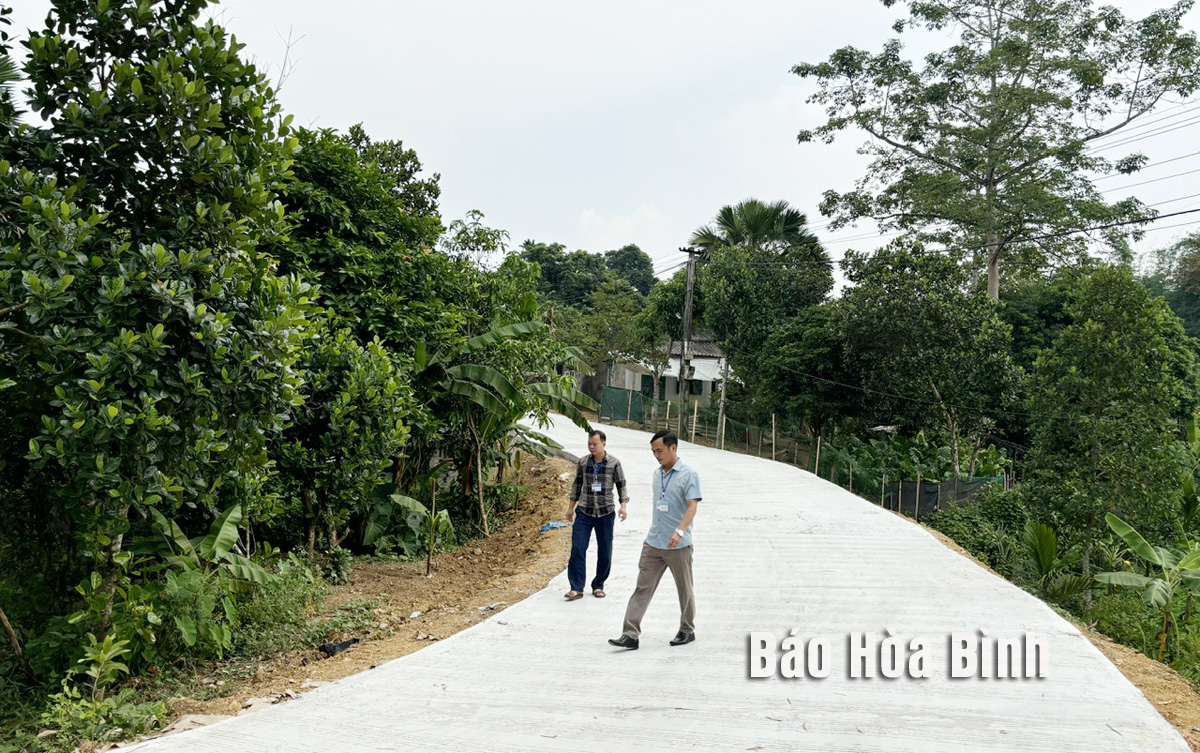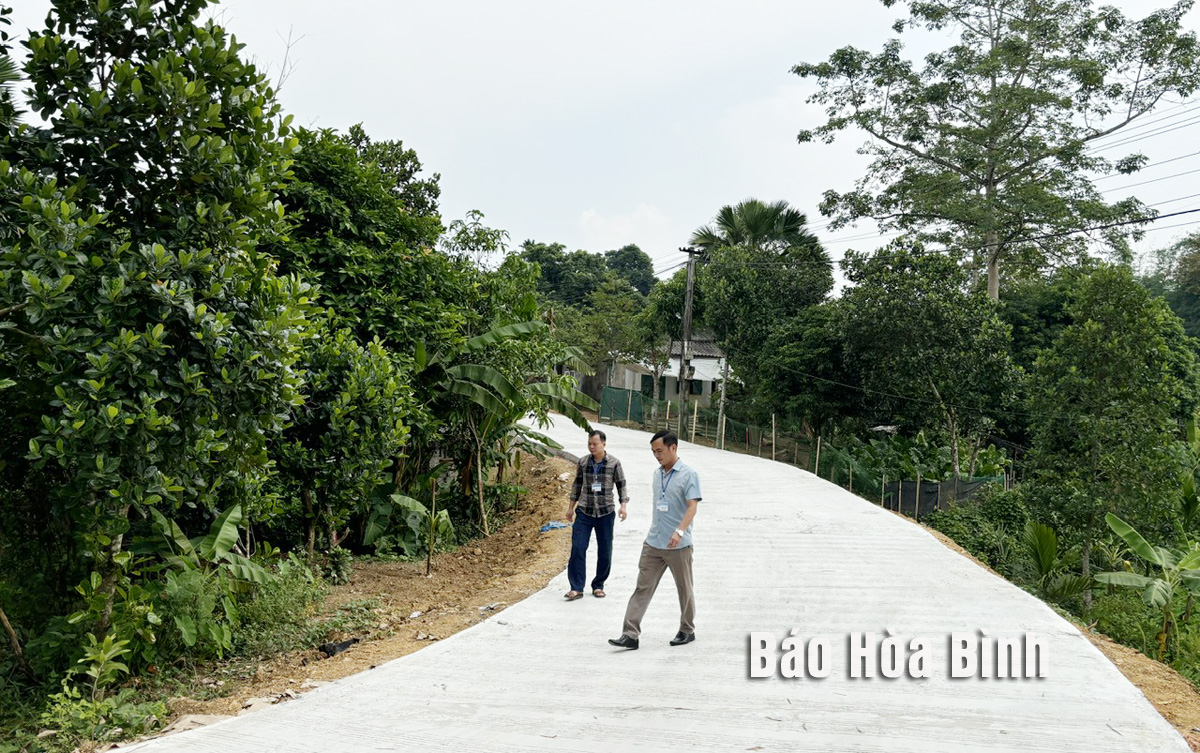



In Kim Lap commune, formed from the merger of three communes, improved roads were key to meeting new-style rural development standards.
By the end of 2024, Kim Lap fulfilled all 19 new-style rural development criteria, including transportation, with 1.3 km of asphalted roads, over 25 km of concreted village roads (96% completed), and 17 km of paved alleyways, ensuring year-round accessibility.
Across the province, 96 out of 129 communes have achieved transportation-related new-style rural development benchmarks.
In 2024, Hoa Binh mobilised over 1.34 trillion VND (53.5 million USD) to pave or upgrade 310 km of rural roads. Local authorities also encouraged community involvement, including land donations for road construction.
This investment has created a robust road network, including over 540 km of provincial roads, 711 km of district roads, and 8,870 km of rural roads, more than half featuring concrete or asphalt. The enhanced infrastructure ensures reliable transport, even in remote areas, and supports economic activities.
In the coming time, Hoa Binh plans to advance infrastructure projects under its 2021–2025 public investment plan, focusing on key economic zones and high-traffic routes, while integrating rural transportation development into national programmes to sustain growth and improve living standards.